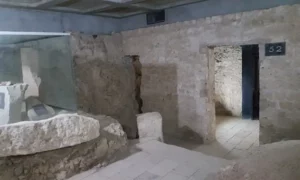The Tomb of Nakht is an ancient Egyptian burial site located in the famed Valley of the Nobles near Luxor. It belongs to Nakht, an 18th Dynasty scribe and astronomer of the god Amun. The tomb is renowned for its vivid wall paintings that depict various aspects of Egyptian life and the afterlife. Discovered in the early 20th century, it has since provided scholars with valuable insights into the religious beliefs, artistic styles, and daily activities of the New Kingdom period.
Ancient Artifacts
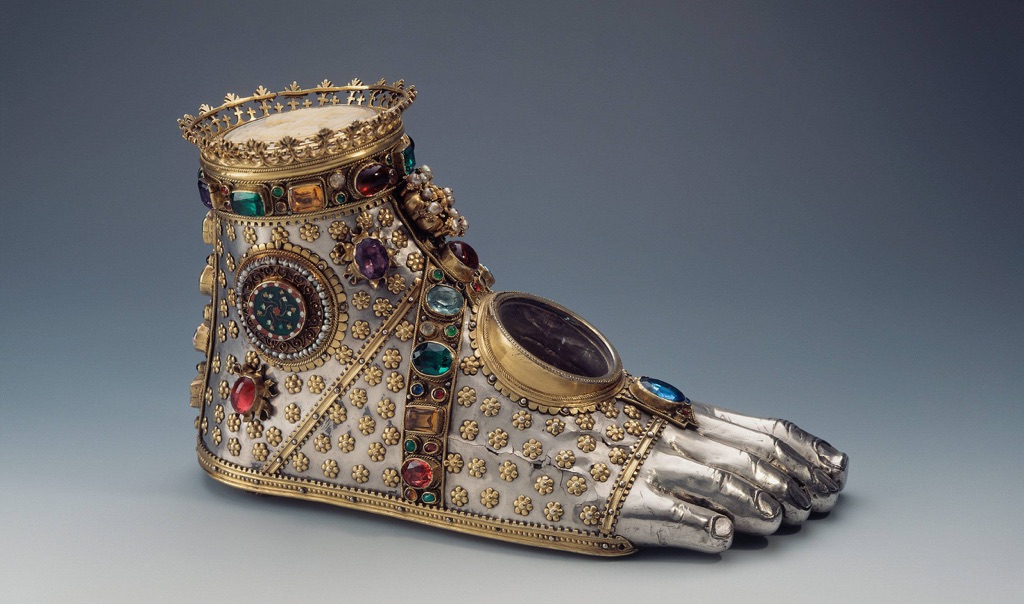
Moving to the East, ancient China artifacts like bronze vessels and oracle bones shed light on the rituals and governance of early Chinese dynasties. These artifacts highlight China’s long history of craftsmanship and written language. Similarly, ancient Egyptian artifacts are world-renowned, particularly for their funerary art, such as the treasures from King Tutankhamun’s tomb. These pieces reflect the Egyptians’ beliefs about death and the afterlife. Artifacts are not just old objects to be displayed in museums; they are keys to unlocking the secrets of human development across the ages. They preserve the ideas and values of people who lived thousands of years before us. Through careful study, they teach us about our collective history and heritage.
Among the most famous ancient artifacts in the world is the Rosetta Stone. Discovered in 1799, this granodiorite stele was the key to understanding Egyptian hieroglyphs—a script made of small pictures that was used originally in ancient Egypt for religious texts. The Rosetta Stone is inscribed with a decree issued at Memphis in 196 BC on behalf of King Ptolemy V. The decree appears in three scripts: the upper text is Ancient Egyptian hieroglyphs, the middle portion Demotic script, and the lower Ancient Greek. Because it presents essentially the same text in all three scripts, it provided the crucial link for scholars to decipher Egyptian hieroglyphs, thereby opening a window into ancient Egyptian history.
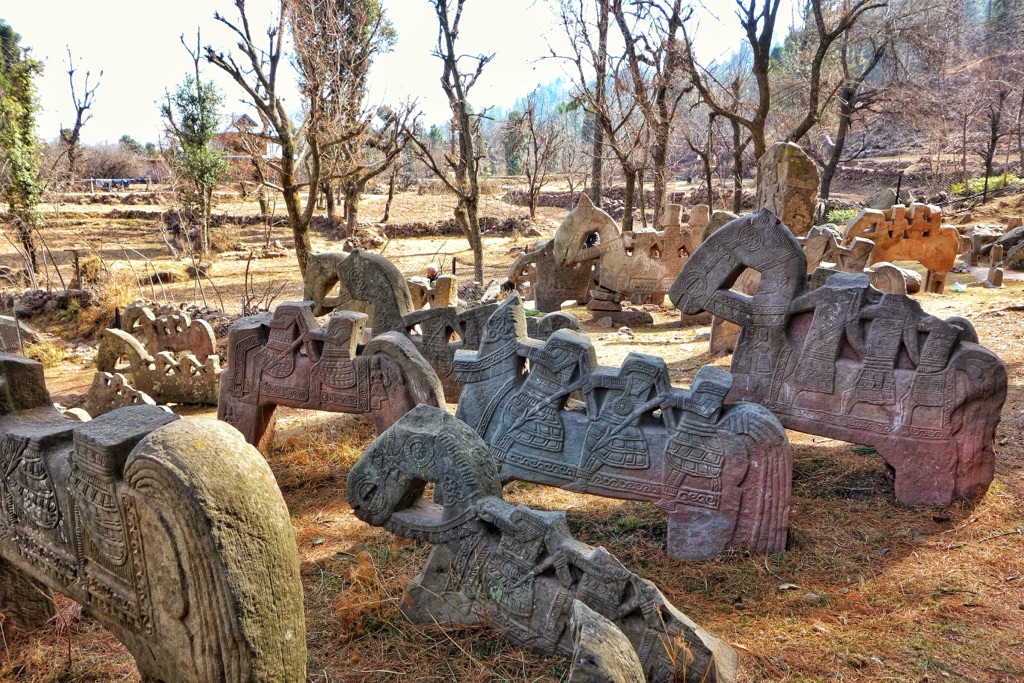
The title of the oldest artifact on earth goes to the stone tools found in Lomekwi 3, Kenya, which date back to 3.3 million years ago. These tools predate the earliest known humans and suggest that tool-making was a part of our pre-human ancestors’ way of life. These ancient tools mark a significant milestone in human evolutionary history, indicating the beginnings of technology and innovation. They are not just simple objects; they represent the dawn of human ingenuity and the very first steps towards the complex societies we have today.
An ancient artifact can be defined as any item made or used by humans in ancient times that has cultural, historical, or archaeological significance. These artifacts can range from monumental structures like the pyramids of Egypt to small, everyday objects like Roman coins. They can include items as diverse as weapons, clothing, and artwork. Each artifact, no matter its size or apparent significance, offers a glimpse into the lives of those who came before us, providing evidence of past behaviors, beliefs, and social structures.
Famous ancient artifacts not only include monumental finds like the Rosetta Stone or the treasures of Tutankhamun’s tomb but also the Terracotta Army of China, the Dead Sea Scrolls, and the Venus of Willendorf. The Terracotta Army, buried with the first Emperor of China, Qin Shi Huang, consists of thousands of life-sized figures meant to protect the emperor in the afterlife. The Dead Sea Scrolls, discovered in a series of caves near the Dead Sea, are ancient Jewish texts that offer invaluable insight into the history of Judaism and the early text of the Bible. The Venus of Willendorf, a small Paleolithic figurine discovered in Austria, dates back to about 28,000 BCE and is thought to represent fertility. Each of these artifacts, in its own way, has reshaped our understanding of human history, offering evidence of the complexity, diversity, and ingenuity of ancient civilizations.
List of Discovered Ancient Artifacts
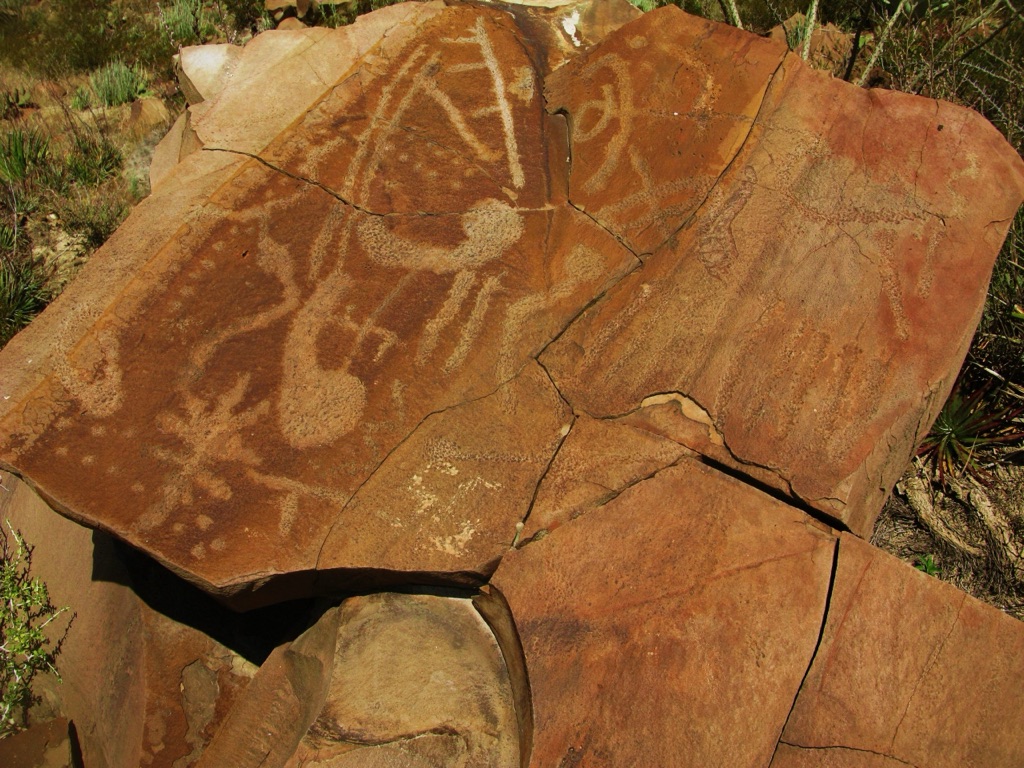
Boca de Potrerillos
Boca de Potrerillos, an archaeological site located in Nuevo León, Mexico, stands as a testament to the rich cultural heritage and ancient history of the region. Situated approximately 60 km northeast of Monterrey, within the inter-sierra valleys of the Sierra Madre Oriental, this site spans an area of about 6 km². It is renowned for housing one of the largest concentrations of rock art in Mexico, predominantly in the form of petroglyphs, with an estimated 3,000 works documented in the area.
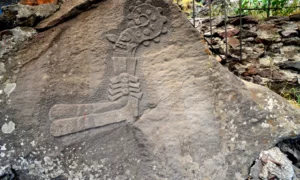
Cuahilama
Cuahilama, a hill and archaeological site located in the southeastern part of Mexico City, near the neighborhood of Santa Cruz Acalpixca, holds a rich tapestry of history that spans several pre-Hispanic civilizations. Despite its significant cultural heritage, Cuahilama has not received the attention it deserves, both from the academic community and the authorities responsible for its preservation.
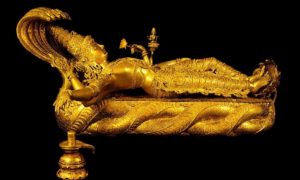
The Sree Padmanabhaswamy Treasure
The discovery of the Sree Padmanabhaswamy Temple treasure in Thiruvananthapuram, Kerala, in 2011, has captivated historians, archaeologists, and treasure enthusiasts worldwide. This treasure, comprising an astonishing array of gold, precious stones, and artifacts, is not only a testament to the temple’s rich history but also to the centuries of devotion and offerings made to the deity, Lord Padmanabha.
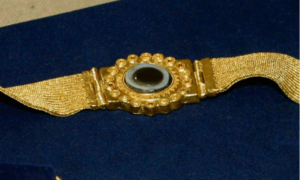
Treasure of Nimrud
In the annals of archaeological discoveries, few finds have sparked as much excitement and awe as the treasure of Nimrud. Unearthed in the 1980s, this collection of artifacts from the ancient Assyrian city of Nimrud, located in the Tigris Valley of Northern Iraq, rivals the discovery of King Tutankhamun’s tomb in its historical significance and the sheer beauty of the items recovered. Yet, despite its importance, the treasure of Nimrud has not reached the same level of global recognition as its Egyptian counterpart.
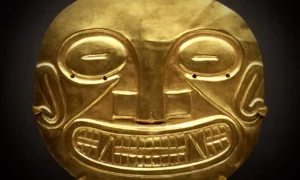
Sitio Conte
Sitio Conte, an archaeological site of significant historical importance, is situated in the Coclé province of Panama, close to Parita Bay. This site, primarily recognized as a necropolis, serves as a quintessential example of a ranked or chiefdom society, offering invaluable insights into the social dynamics of the region from AD 500 to 1500. Despite the cessation of excavations since 1940, the mortuary remains discovered at Sitio Conte continue to be a pivotal resource for archaeologists aiming to understand the complex societal structures of ancient Central America.

